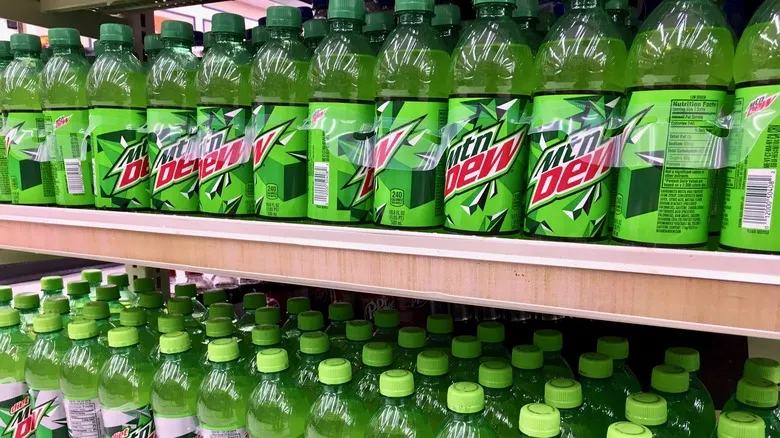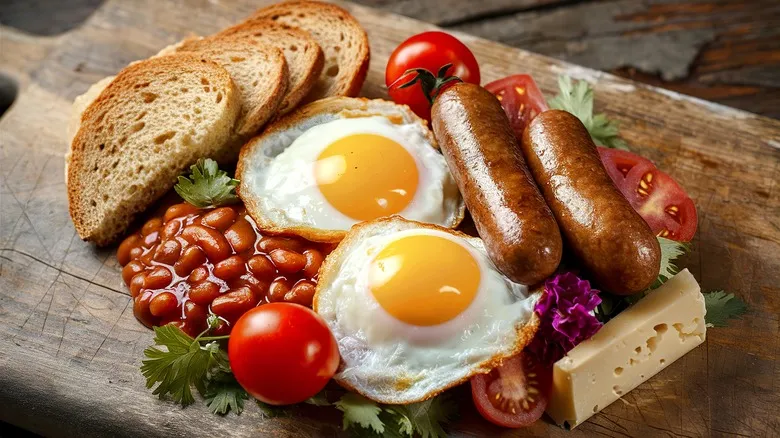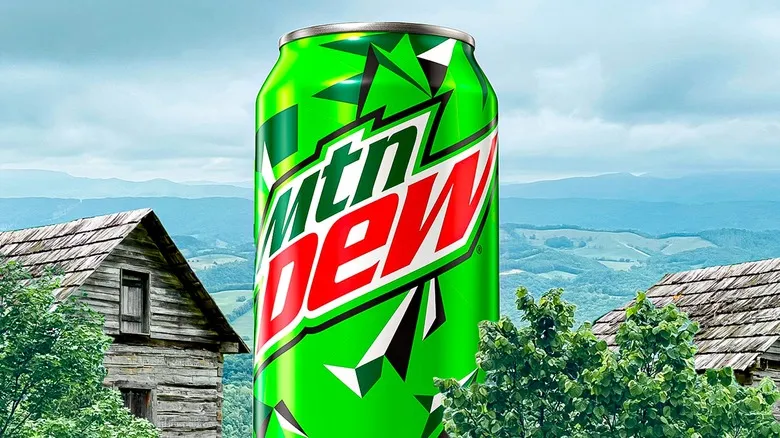Mountain Dew's Appalachian roots

In the late 1920s, an entrepreneur from Knoxville, Tennessee, named Max Licht introduced a new beverage he whimsically called Mountain Dew, inspired by the term for illegal whiskey. Similar to moonshine, his soda was clear, but it was non-alcoholic. This era saw a surge in the popularity of soft drinks as alternatives to alcohol, often promoted for their medicinal benefits. For example, Pepsi, named after indigestion, was developed by a pharmacist to soothe upset stomachs. Although Licht's Mountain Dew quickly disappeared, it was revived in the 1940s, also in Knoxville.
Brothers Barney and Ally Hartman, who were bottlers, created their own version as a mixer for moonshine for personal use. In 1947, they began selling it to the public. Like the original 1920s drink, their version was a clear, caffeine-free citrus soda reminiscent of 7-Up. It wasn't until the 1950s, when the Hartman Beverage Company and a group of other bottlers acquired the Tip Corporation in Marion, Virginia, that another citrus-flavored soda was branded as Mountain Dew, transforming it into the vibrant green, highly caffeinated beverage (with 55 milligrams of caffeine) we recognize today. Despite its various changes over the years, Mountain Dew has remained a beloved choice in Appalachia. "Here in West Virginia, you see people carrying around bottles of Mountain Dew all the time — even at a public health conference," health researcher Dana Singer remarked to NPR in 2013.
Recommended

The Traditional Australian Breakfast Looks A Lot Like A Plate From England

The Very Mormon Origin Of Dirty Soda

What Makes Käsespätzle Different From Spätzle?

Kentucky's Best Sandwich Has Been Around Since The 1920s
Next up

